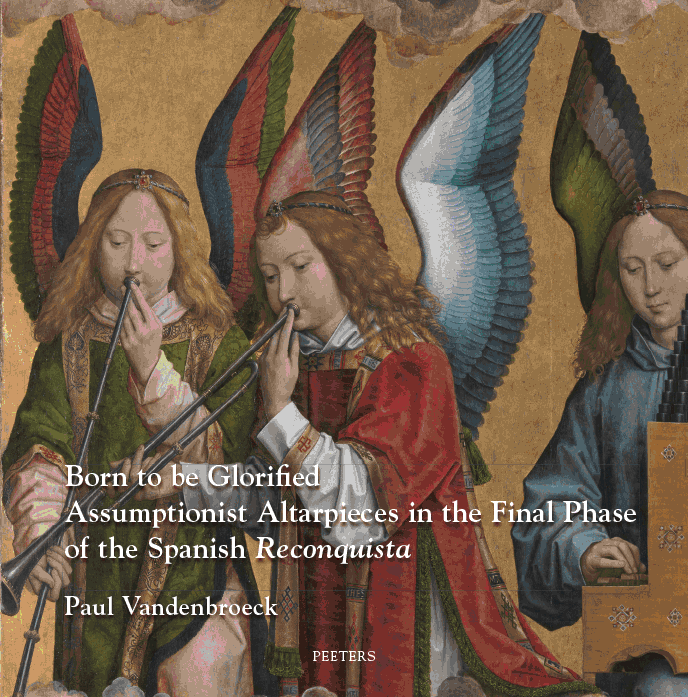
table of contents

add to cart
year: 2022
isbn: 9789042949706
e-isbn: 9789042949713
pages: VIII-148 p.
Born to be Glorified
Assumptionist Altarpieces in the Final Phase of the Spanish 'Reconquista'
Summary:
Hans Memling's altarpiece for the high altar of Santa María la Real in Nájera (1483-1494) must have been one of the most spectacular Flemish art works in the Iberian Peninsula. Only three panels survive in the Antwerp Royal Museum of Fine Arts: God surrounded by singing and music-making angels. The retable's central theme was the mystery of the Assumption of the Blessed Virgin. The iconography of the whole has been described by Jovellanos at the end of the 18th century. From c. 1482 on, dozens of monumental altarpieces dedicated to the Assumption of the Virgin in conjunction with Christological themes have been created throughout Spain. They focus on the complex role of the Holy Virgin, her triumph and glorification. It was a common belief that she was the only human to have borne up bodily into heaven. Although 'Maryam' was held in very high esteem by Muslims too - and as such, she was a interreligious 'bridge' -, her role as Theotokos or Mother of God was a point of conflict. During the last phase of the Reconquista, to Iberian Christians, the Assumption served as an image of the Church/Faith Triumphant, not as a conciliatory belief.


 0
EN
0
EN




